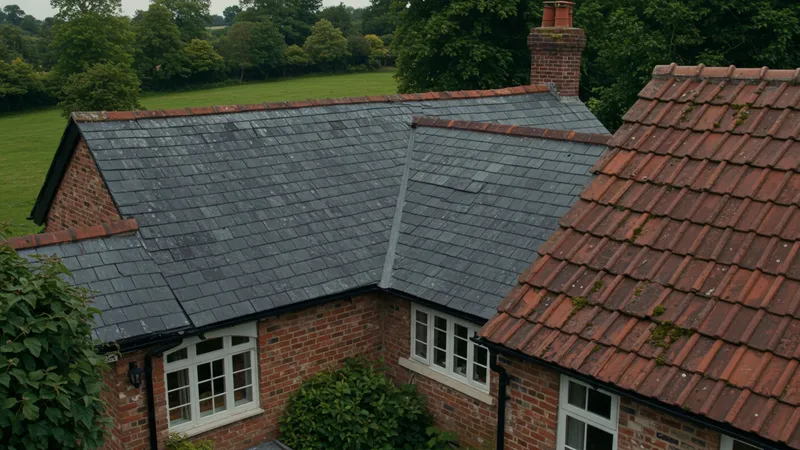
Roofing Solutions : Everything You Need To Know
Long-Term Maintenance and Sustainability Trends
Ongoing maintenance requirements significantly influence which roofing solution matches a property’s needs in the UK. Slate roofs are admired for their remarkably low maintenance—routine inspections and occasional repairs are sufficient to keep them functional for well over a century. When a slate tile is damaged, replacing individual tiles is typically straightforward for experienced professionals, ensuring longevity without extensive rework.

Clay tile roofs, while durable, can experience issues such as cracked tiles or moss growth in damp areas. Regular cleaning and prompt attention to debris or broken sections extend their lifespan and retain their visual appeal. Many UK homeowners opt for protective treatments or periodic power washing to guard against algae without harming the clay’s integrity.
GRP roofing is notable for its nearly maintenance-free design, thanks to the non-porous, seamless surface. Inspection remains important to identify any potential edge deterioration or impact damage (especially from falling branches or severe weather), but repairs are typically minor and easy to perform, reaffirming GRP’s reputation for durability among flat-roofed UK homes.
Sustainability is an increasingly dominant factor in the UK market. Slate can be reclaimed and recycled, clay tiles are made from abundant natural resources, and GRP can incorporate advanced insulation materials to reduce a property’s carbon footprint. These trends suggest that the future of roofing solutions in the United Kingdom will be shaped as much by eco-credentials and life-cycle assessments as by tradition and upfront cost.